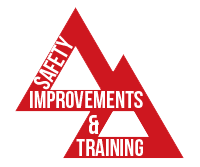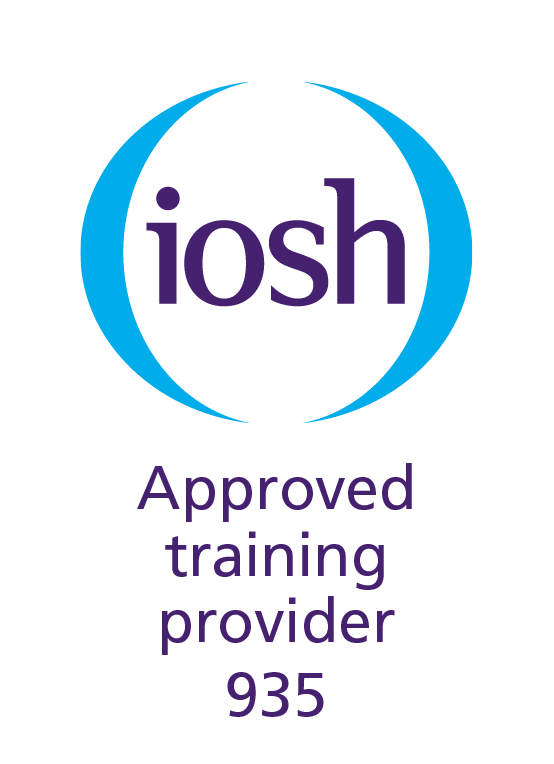Course Overview
This course is externally certified and accredited by the Institution of Occupational Safety and Health (I.O.S.H) A company’s safety standards are heavily influenced by the effectiveness of its management. Senior Executives have the authority to either improve or cause a decline in the standards of health and safety and the number and severity of accidents. Aims:
- To advise Senior Executives of their legal and moral duties to invest in health and safety and to influence others to improve the standards of health and safety.
- To show how a failure to invest in health and safety and manage it correctly, could have serious economic consequences to a company and its’ managers.
- On completion of the course, delegates will be able to examine their company’s safety management systems and initiate a programme to aid the development of, or in some cases, start to implement health and safety management into the board room in order to actively influence decisions in the development of company strategies.
The Integration of Health and Safety Management into Company Strategic Management.
- Considering Health and Safety requirements when setting budgets and identifying resource requirements.
The Cost of Accidents.
- Human.
- Economic.
- Individual.
Human Factors in the Cause of Accidents.
- Organisational.
- Job related.
- Individual.
Relevant Health and Safety Law for Senior Executives.
- Common Law.
- Statute Law.
- Civil Law.
- Criminal Law.
- Roles and Responsibilities.
- The Health and Safety at Work Act etc 1974 Sections 2-9, 36 and 37.
- Powers of Health and Safety Enforcement Officers.
- Penalties for non compliance.
Management of Health and Safety at Work.
- Management of Health and Safety at Work Regulations.
- HSG 65 Successful Health and Safety Management.
- Risk Assessment Process and Implementation.
- Measuring suitability of control measures.
Reactive Monitoring.
- Importance of Audits and Inspections.
- Reactive monitoring, interpreting and recording results.
Developing a Safety Culture.
- Training.
- The role of the executives in the development of a safety culture.
- Effectiveness of communication (inc. the use of safety propaganda).





